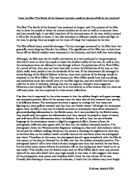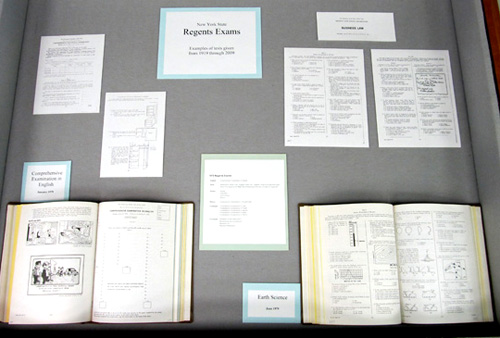A System for Inducing Sporulation of Bipolaris oryzae.
A System for Inducing Sporulation of Bipolaris oryzae F. C. HAU, Graduate Research Assistant, and M. C. RUSH, Professor, Department of Plant Pathology and Crop Physiology, Louisiana State University Agricultural Experiment Station, Baton Rouge 70803.
Bipolaris is a genus of fungi belonging to the family Pleosporaceae.It was circumscribed by mycologist Robert A. Shoemaker in 1959. Species.

Bipolaris. The genus Bipolaris contains about 45 species, which are mostly subtropical and tropical plant parasites. Recent molecular studies have recognised Bipolaris cynodontis, B. micropus, and B. setariae as species isolated from clinical samples (da Cunha et al. 2014). However recent phylogenetic studies have transferred several well-documented human pathogens, notably B. australiensis.

The genus Bipolaris includes a number of significant plant pathogens with worldwide distribution. These species are commonly associated with leaf spots, leaf blights, melting outs, root rots, foot rots and other disease symptoms mainly in high value field crops in the family Poaceae, including rice, maize, wheat and sorghum and on various other host plants ( Ellis 1971, Sivanesan 1987, Berbee.

The genus Bipolaris includes important plant pathogens with worldwide distribution. Species recognition in the genus has been uncertain due to the lack of molecular data from ex-type cultures as well as overlapping morphological characteristics.

Brown spot caused by Bipolaris oryzae is an important rice disease which can cause a reduction in yield and grain quality in Malaysia.The application of chemical agents in controlling the brown spot disease can cause undesirable effects such as residual toxicity, environmental pollution, and development of pathogen resistance to fungicides.

Some of the species of Bipolaris include B. clavata, B. coffeana, B. crotonis, B. drechsleri, B. maydis, B. microstegii, B. oryzae, B. sorokiniana, B. yamadae, B. zeicola and many others. Most Bipolaris species are known to be pathogenic to grasses and other plants. Several species have been reported to cause different health effects on human.

Global Biodiversity Information Facility. Free and Open Access to Biodiversity Data.

Cochliobolus miyabeanus (formerly known as Helminthosporium oryzae) is a fungus that causes brown spot disease in rice.This disease was the causal agent of the Bengal famine of 1943. It was considered for use by the USA as a biological weapon against Japan during World War II.

Bipolaris oryzae ATCC 44560. Other Names Cochliobolus miyabeanus WK-1C, ATCC 44560. Legacy ER Project ID 18785. Legacy GOLD ID. ISOLATION CLASSIFICATION Ecosystem Host-associated. Ecosystem Category Plants. Ecosystem Type Unclassified.

Bipolaris oryzae 5 was classified in the subdivision Deuteromycotina (imperfect fungi), class Deuteromycetes, order Moniliales, and family Dematiaceae 6. The genus Cochliobolus (anamorphs Bipolaris, Curvularia).

Discovered several new species, newly recorded species in specific studies, in addition to an increase of some species of host and geographical range, allows us a more comprehensive understanding of this fungi to understand outside of its host, geographical distribution, in all of the research process, Always great importance to the study of the classification and the classification criteria.

The Paddy Disease In Tropical Asia Biology Essay Introduction Paddy disease in Tropical Asia 5-6 Common disease in Malaysia Bacteria blight 7 Blast 9 Tungro disease 11 Stem nematode 13 Economic important 15 Conclusion 16 References 17 LIST of TABLE and FIGURE TABLE PAGE. 2.1. Bacterial causal agent. 5. 2.2. Fungi causal agent. 5. 2.3. Virus.


